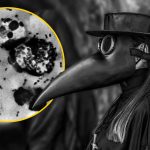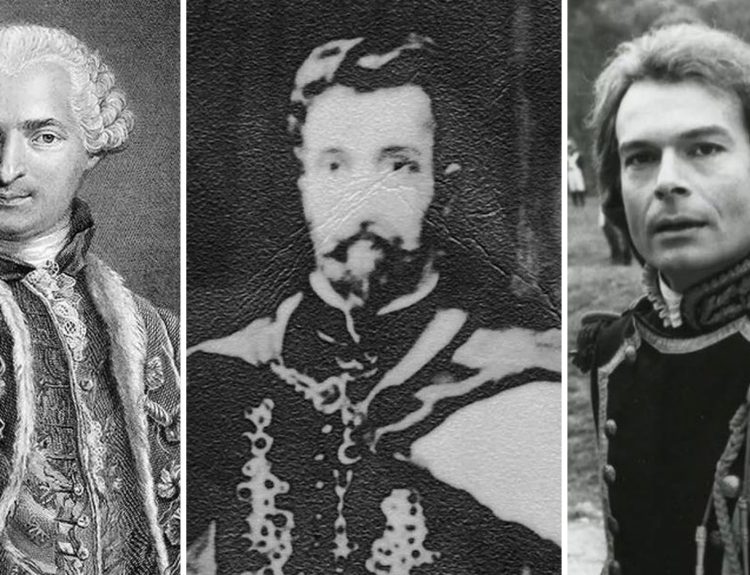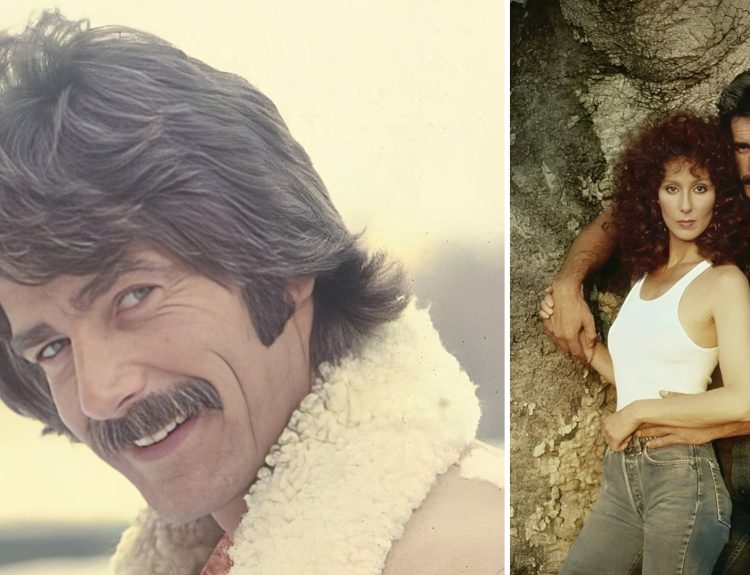As a child that grew up in the 90s Looney Tunes was a staple in my house! It came on the scene long before that, however, Warner Bros. produced the animated show between 1930 and 1969. In conjunction with its program Merrie Melodies, the show starred many characters that are now iconic figures, including Bugs Bunny, Porky Pig, Daffy Duck, Wile. E Coyote, and many more. Throughout the duration of its showing, Looney Tunes and Merrie Melodies were the most widely distributed animated shorts in theaters.
Looney Toons is not just iconic, it’s shown to be timeless and is one of the largest worldwide media franchises spanning across television shows, merchandise, video games, amusement park rides, and more. Now let’s delve into the behind the scenes of one of the most iconic series ever made.
The Tasmanian Devil Only Made Appearances In Five Short Films
This may come as a surprise but the Tasmanian Devil or Taz, as you may know him, wasn’t nearly as popular in the original series as he became in the more current version. He first came on the scene in 1954, ten years before the studios sadly closed, but Taz only appeared in a mere five shorts.

Regardless, his popularity skyrocketed in the 90s when he started popping up on other television shows. Soon after merchandise was made of him, and he eventually even had his very own show called Taz mania. He was such an iconic figure, it makes sense why he finally gained the notoriety he deserved.
Wile. E Coyote And Road Runner Stick To Specific Rules
Originally Wile. E Coyote and Road Runner were meant to be parody duo much like Tom and Jerry. The shorts that featured these two gained momentum fairly quick, and although it seemed like complete chaos between coyote and roadrunner the show actually had rules that these two had to follow.
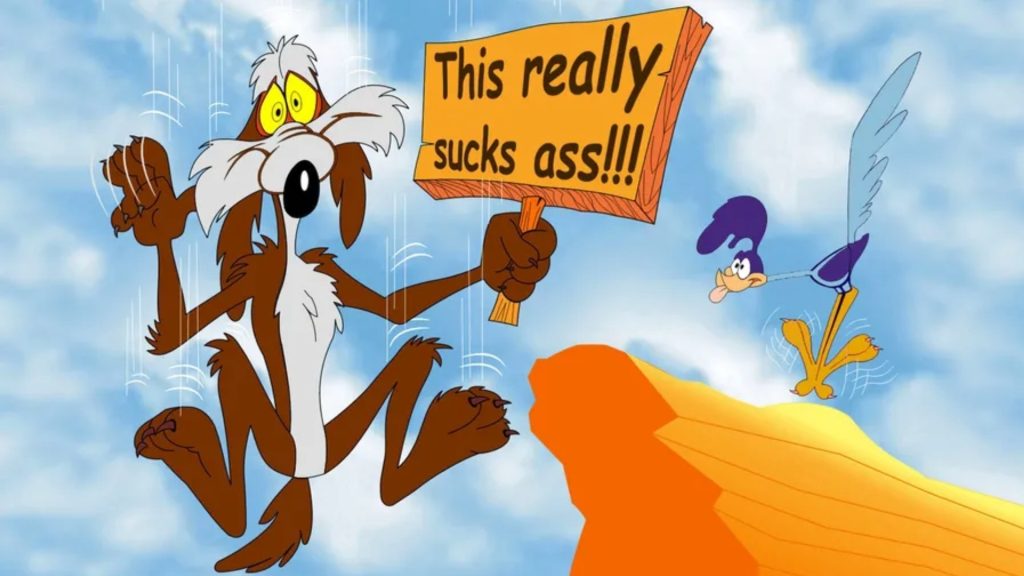
For instance the Road Runner was only allowed to harm Wile.E by making his trademarked “meep meep” sound, and he was required to stay on the road at all times. While the coyote’s greatest nemesis was actually gravity, all the weapons and tools he obtained had to be products made by ACME Corp. On occasion these rules were bent, but for the most part they were adhered to.
Bugs Bunny Played A Role In Changing The Perception Of The Word “Nimrod“
If you have ever watched the show then you will distinctly remember the infamous Bugs Bunny using the word “nimrod” to describe the less-than-impressive hunter, Elmer Fudd. Buggs always had a way of avoiding the simple minded hunter, somehow embarrassing him in the process.
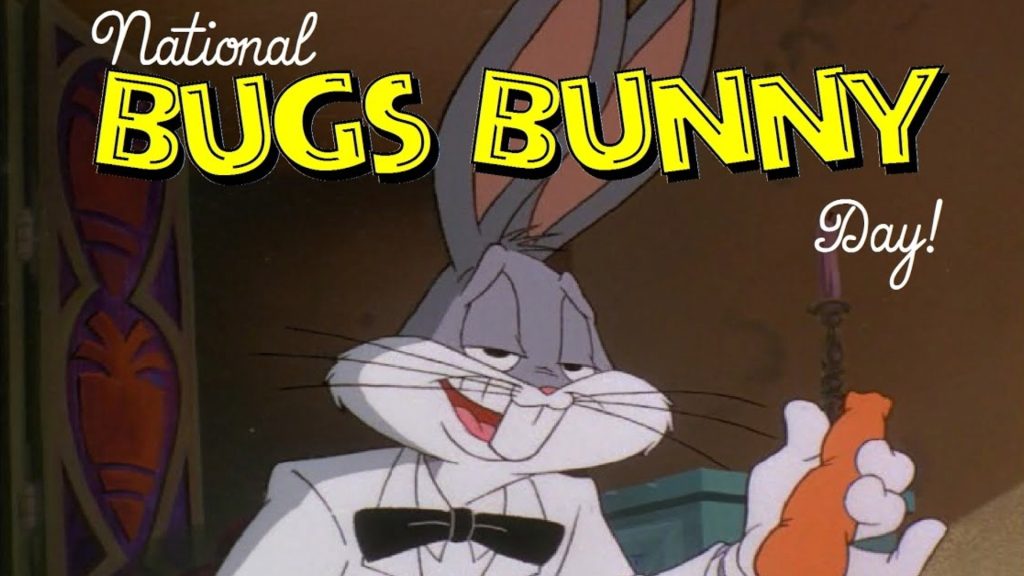
When Bugs would make the comment “What a Nimrod,” it was actually meant to be a back-handed statement, although not many audience members caught on to it. In the book of Genesis, the great-grandson of Noah is named Nimrod, in the scripture he is described as being a “mighty hunter,” something Fudd definitely wasn’t. It was just assumed by most audiences that the term meant someone that was mentally slow, which is how we use it in today’s day and age.
Mel Blanc’s Gravestone Is A Bit Inappropriate
Any Looney Tunes enthusiast will recognize the name Mel Blanc, he was the voice actor to many of our beloved Looney Tunes characters. Essentially he was the heart of the show.
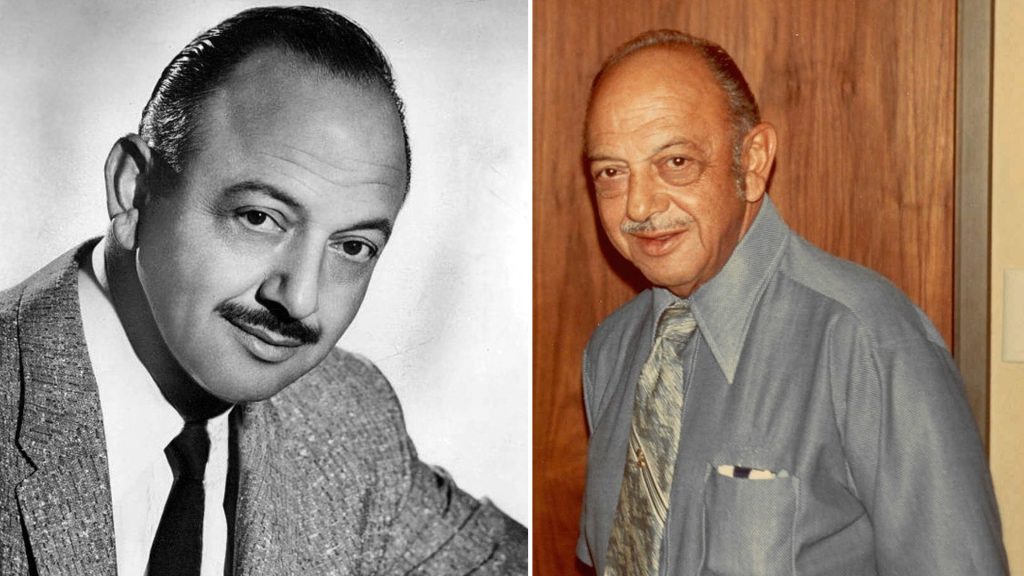
He is considered one of the most prolific and impactful voice actors in all of history. He was most noted for his work on Looney Tunes, The Flinstones, The Jetsons, and Tom and Jerry. In what may be seen as slightly odd to some, his gravestone at the Hollywood Forever Cemetery reads: “THAT’S ALL FOLKS,” in reference to Porky Pig’s catchphrase at the end of each episode.
Looney Tunes Original Purpose Was To Demonstrate Warner Bros. Music Compositions
Both Looney Tunes and its sister show Merrie Melodies were originally created to help promote the sales of Warner Bros. owned compositions of sheet music and phonograph records. Hence the reason why there are musical references in both the shows names.
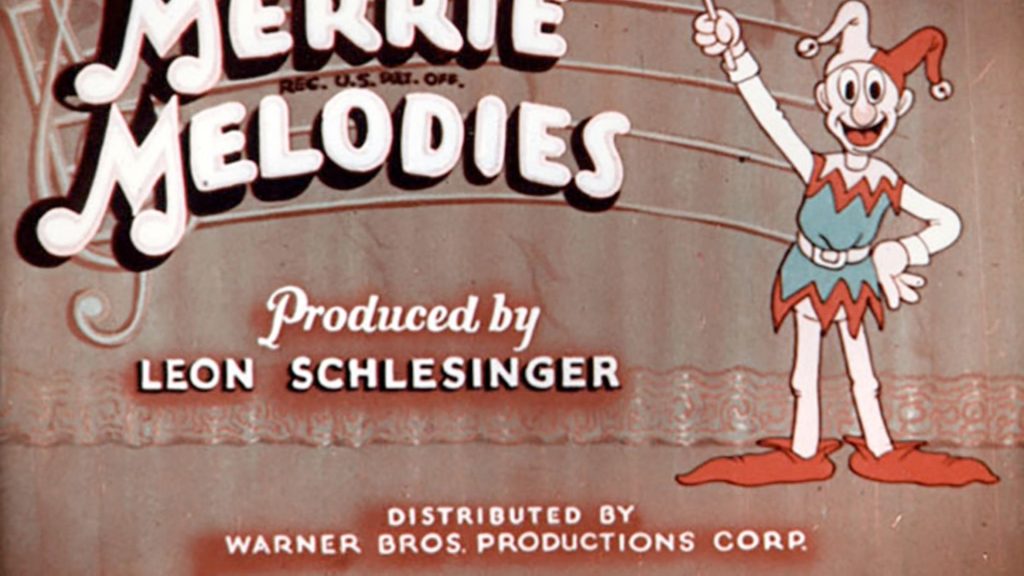
They also took inspiration from Walt Disney’s musical series Silly Symphonies when naming the shows. The goal was to compete with Disney’s Mickey Mouse cartoons. However, after a dispute over the show’s budget, Warner Bros. took over the rights over the show’s characters and turned it into what we now know to be the Looney Tunes.
Looney Tunes Is A Multi Academy Awards Winner
Looney Tunes has made a significant cultural impact during its decades of being on the air, and it hasn’t happened without people taking notice.
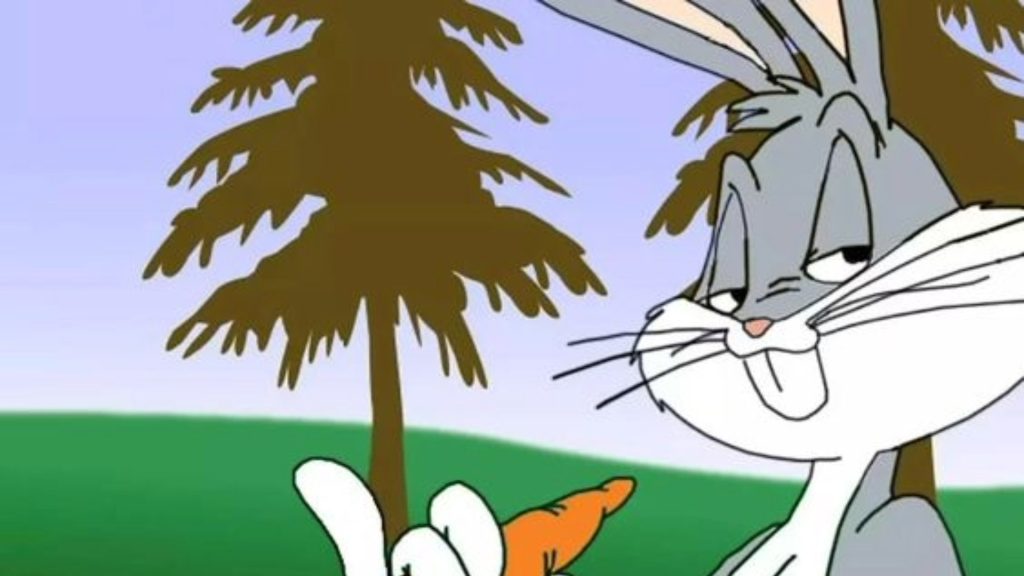
In the years since the show gained its popularity the franchise has won five Academy Awards, all of which were in the Best Short Subject (Cartoon) category.
Warner Bros. Insisted Made Sure All Characters Got Equal Screen Time Who Framed Roger Rabbit
Who Framed Roger Rabbit was a film that corner-stoned the combination of both live-action and animated characters. It helped regain interest in the Golden Age of American animation while also bringing about the Disney Renaissance.

When Disney acquired the rights to the film, they managed to convince Warner Bros. to allow them to use a few of their characters. Warner Bros. agreed with the stipulation that all their Looney Tunes characters had the same amount of screen time as the Disney characters .This explains why a lot of the characters can be seen in scenes with Mickey Mouse.
Changes Made To The Original Tweety Bird
When the show first aired the beloved Tweety Bird was actually pink in color, and had the name Orson! He first debut was in 1942 in a short called, A Tale of Two Kitties.
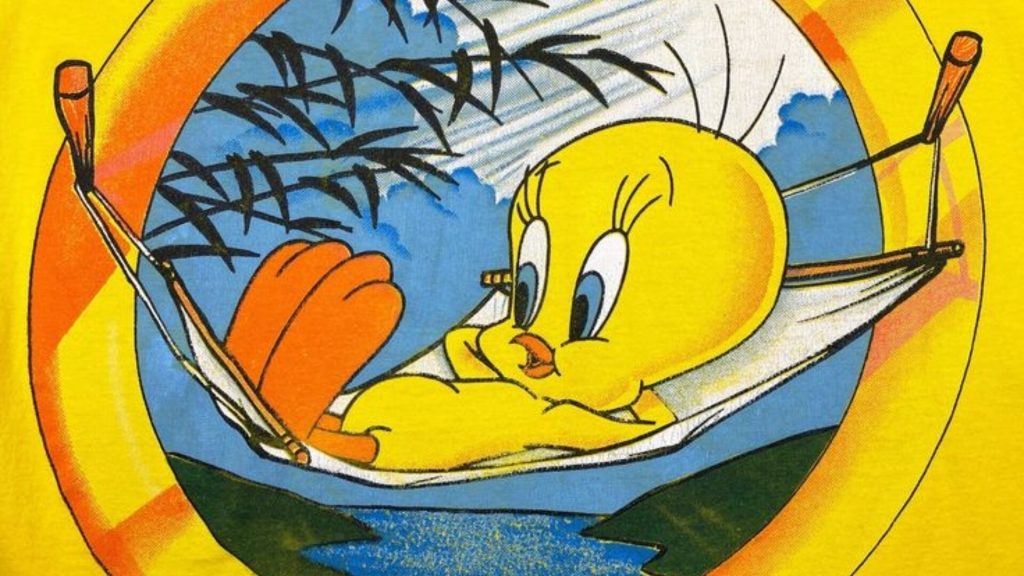
After his first short he then reappeared in his second, now yellow and going by his now known name, Tweety Bird. Apparently the yellow color came from frequent complaints that the pink Orson looked naked.
Bugs Bunny Carries The Title As One Of The Most Portrayed Characters In The Entire World
There aren’t many people that don’t recognize the iconic Bugs Bunny. He is arguably one of the most distinctive cartoon characters ever created. Not to mention he is also the corporate mascot for Warner Bros.
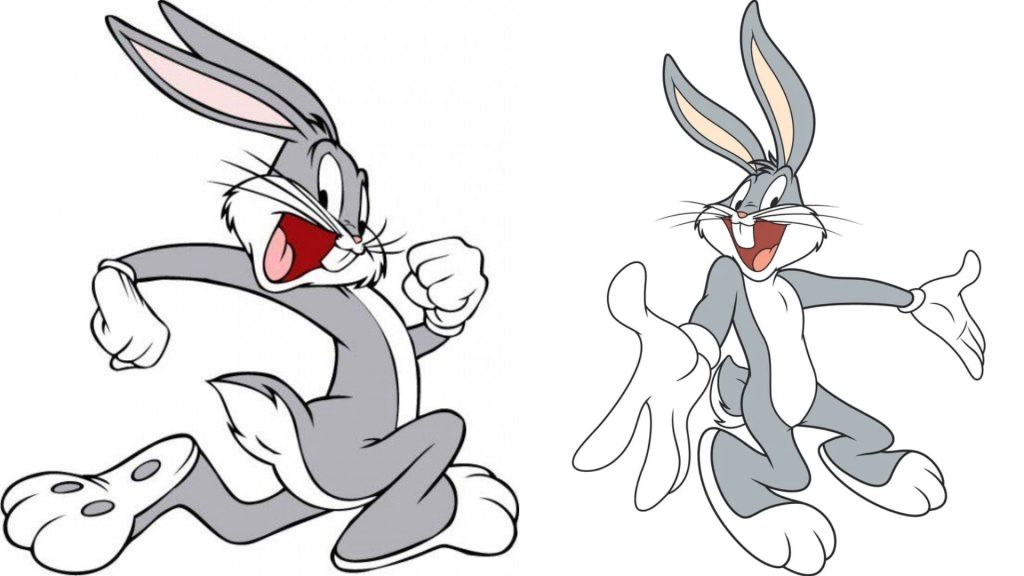
To no surprise he also has his very own star on the Hollywood Walk of Fame! Because of his undeniable cultural impact, he is the ninth-most portrayed film personality in the world.
Marvin The Martian Was Nameless For A Long Time
To us this somewhat villainous character is known as Marvin the Martian, but that is a fairly new title. If you were to watch the original shorts, you might take notice that he is never mentioned by name. In 1952’s, on the short “A Hasty Hare,” he is referred to as the Commander of Flying Saucer X-2, which is more of a title and less of a name.
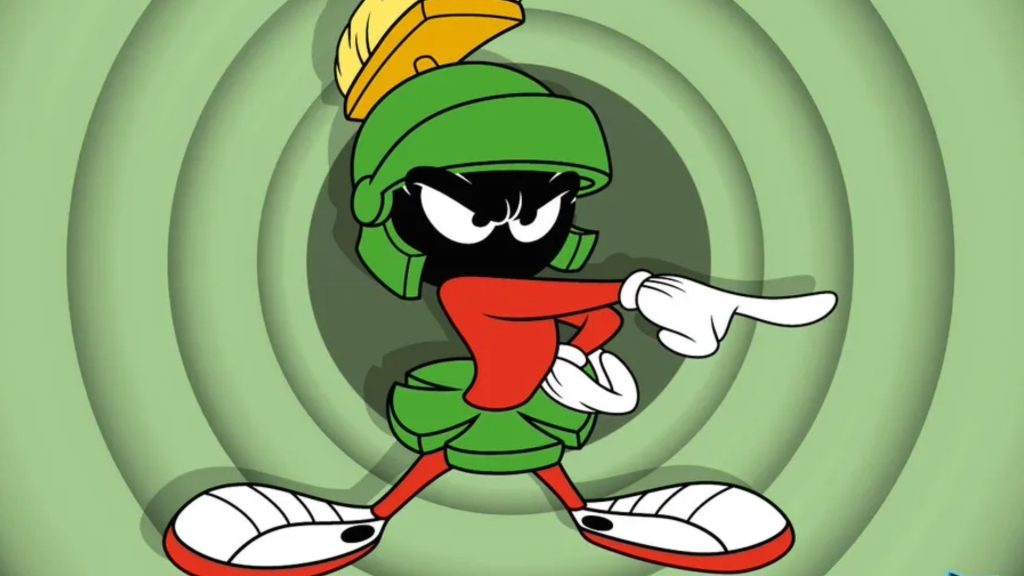
His name Marvin the Martian arrived years and years later when he had the potential for merchandising, it was then that Warner Bros. took notice of the fact that they would need to give him a name for Marvin to be marketable.
Where Sylvester’s Name Originated From
The name of “Sylvester” actually comes from a pun on Felis Silvestris, which is actually the name of a European wildcat species.
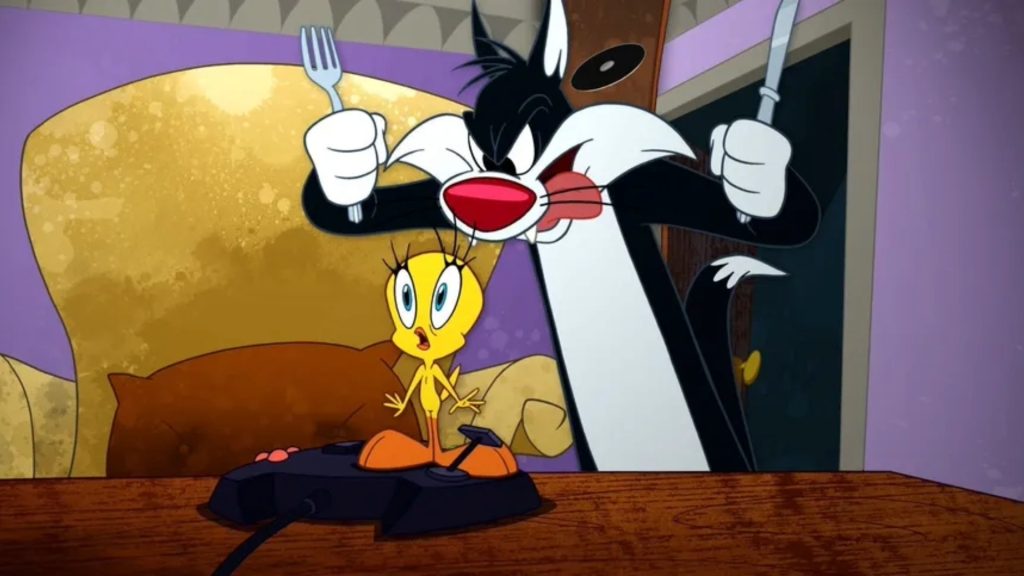
In the original shows Sylvester was referred to as Thomas most likely a reference to male cats being called ‘Tom.’ It wasn’t until 1948 when Chuck Jones gave him the name Sylvester, first being heard during the show titled “Scaredy Cat.”
The Very First Character
Not many know that the very first Looney Tunes character was a character named Bosko. He was created in 1927 by animators Hugh Harman and Rudolf Ising, who were employees at Walt Disney Studios during that time.
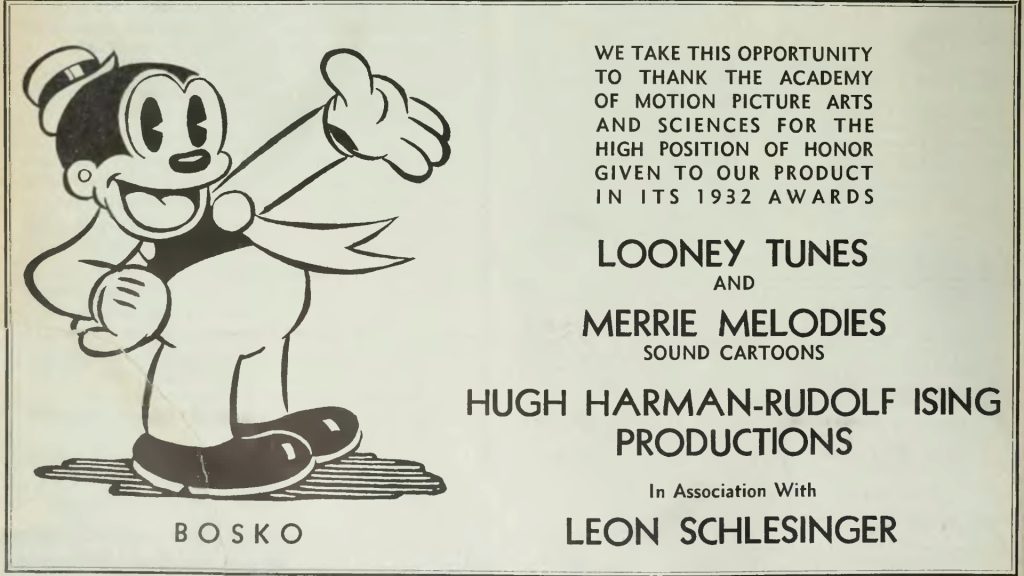
As the craze of “talkie” characters came about, the two started thinking about creating a sound cartoon with Bosko and leaving Disney, which they eventually did. After creating Bosko the two animators caught the eye of Leon Schlesinger, who ended up signing the two to his studio to create cartoons for him to sell to Warner Bros.This is how Bosko became the leading character in Warner Bros.’ new Looney Tunes cartoon series.
Change In Voice Actors For Porky Pig
Originally the voice actor for the iconic Porky Pig was an actor by the name of Joe Dougherty, who they chose for the role because he spoke with a stutter.However, Dougherty was unable to control his stutter when he spoke, making his recording sessions incredibly long, and costing production too much money.
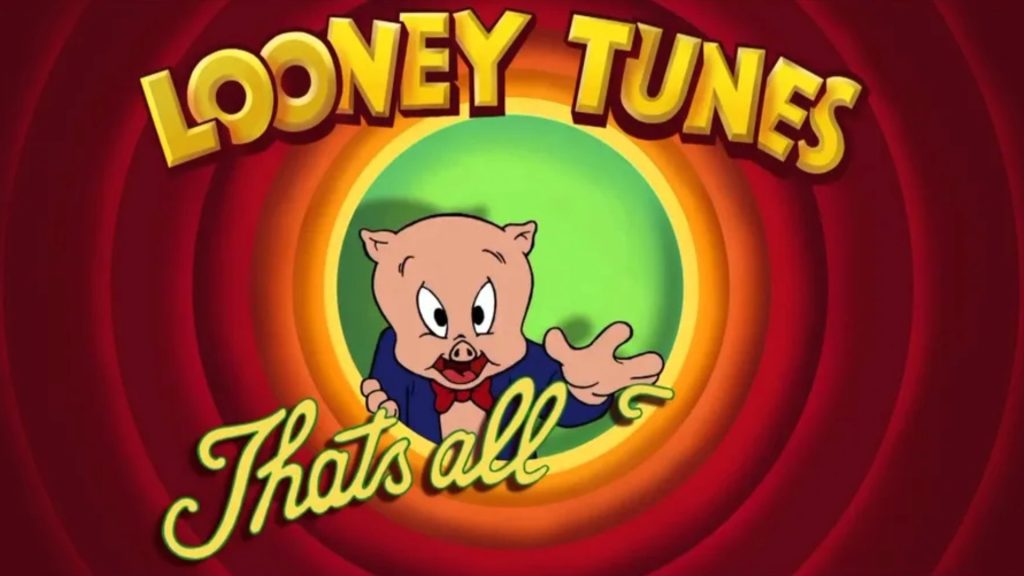
Eventually this led to Dougherty being fired and replaced by Mel Blanc. Naturally, Blanc held on to the stutter, only making it better and more controlled, making for a much more comedic effect.
The Inspiration For Wile. E Coyote Was Mark Twain
During the creation of Wile. E Coyote, Chuck Jones drew his inspiration for the character within the writings of renowned author Mark Twain.
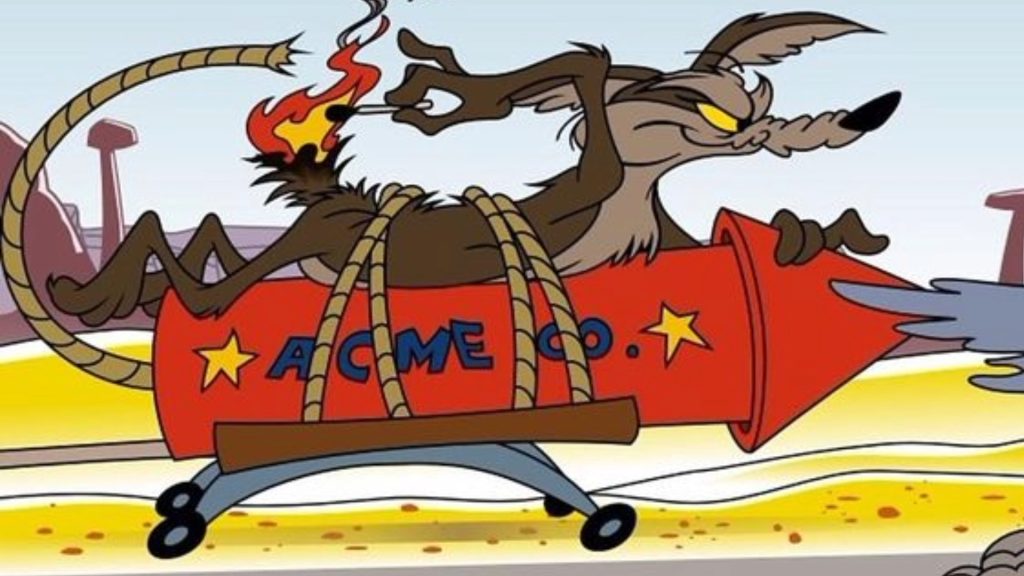
In Mark Twain’s 1872 novel Roughing It, he describes the coyote as “long, slim, sick and sorry-looking skeleton, living, breathing allegory of Want. He is always hungry. He is always poor, out of luck, and friendless.” Jones later said that there was no better description of the coyote than what Twain depicted in his novel. He then decided to use some of his descriptions for the down-on-his-luck and starving Wile. E.



